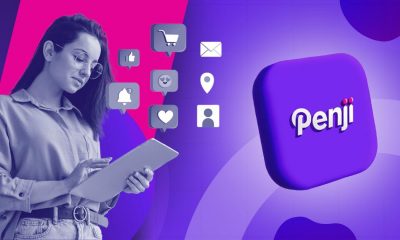Business
10 Practical Social Commerce Pinterest Strategies that Drive Sales
Published
3 years agoon
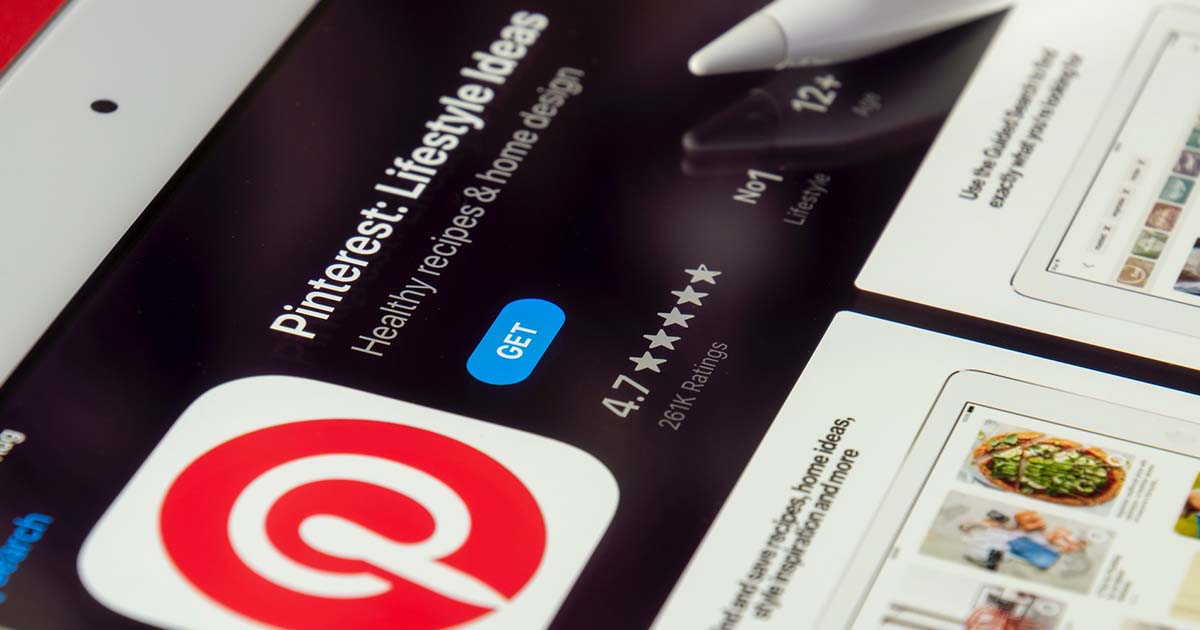
Pinterest has emerged as a leading player in social commerce among the social media platforms available. Businesses can build a strong presence on Pinterest by leveraging the platform’s many features. Learn more about social commerce Pinterest strategies that drive sales for any business.
Why Sell Products on Pinterest

Pinterest started in 2010 as a place for women to browse and pin the latest fashion trends and home decor ideas. While women still make up the majority of Pinterest’s global audience, male and Gen Z pinners are up by 40% year over year. The platform shows impressive user growth aiming at higher sales and user engagements. Here are five reasons why you should sell on Pinterest.
- Large user base: Pinterest has 450 million monthly active users (MAUs) worldwide. That’s why it is an effective platform for businesses to showcase their products and reach potential customers.
- Visual platform: Pinterest is a prominent social media platform. Users can browse and discover products through images and videos.
- Increased traffic: Pinterest can drive traffic to your website, as each pin includes a link to the source. This can improve your website’s visibility and increase sales.
- Higher conversion rates: Based on research, Pinterest has higher conversion rates than other social media platforms. This means that there’s a higher chance that users will buy after discovering a product on Pinterest.
- Pin longevity: Pins on Pinterest have a longer lifespan than posts on other social media platforms. Your products can continue to be discovered and shared for months or even years after you first post them.
Here are a few strategies to help you succeed in utilizing Pinterest for social commerce.
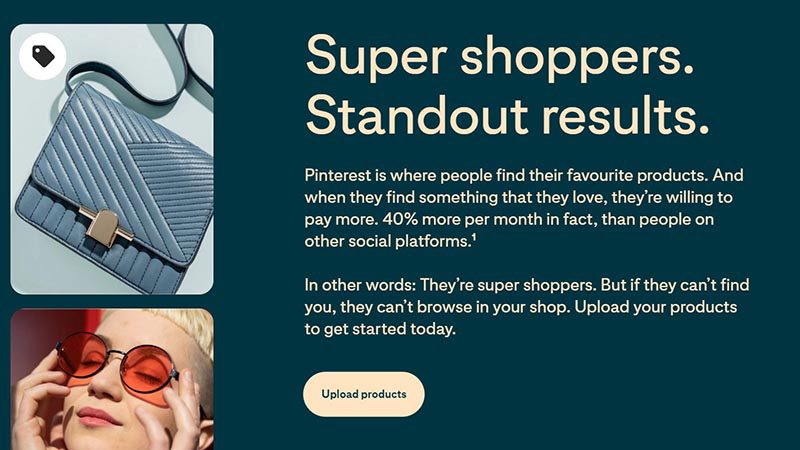
1. Establish A Solid Foundation
Every business can only succeed with the proper groundwork. You have to create a Pinterest business account. This will allow you to access features such as Pinterest Analytics and Rich Pin.
2. Upload and Organize your Product Pins
To start, you should create browsable product pins for your catalog. Pinterest features multi-feed support for catalogs, allowing brands to upload their entire products in multiple product feeds using the same Pinterest Business account. It’s best to include different angles when uploading images on Pinterest. The platform allows users to take photos or use them for product searches.
3. Create Shoppable Pins
Shoppable pins allow users to purchase products directly from the pin. Ensure to include pricing, product descriptions, and a clear call-to-action to encourage users to buy. Shoppable Pins are also customized for a better mobile shopping experience.
4. Connect to Shopify
Increase brand discoverability by linking your Pinterest Business account to your Shopify store. More than 1.7 million Shopify merchants can bring their products in front of 500 million Pinterest users. The Pinterest-Shopify channel focuses more on building meaningful audiences for social commerce.
5. Track your performance
The final step is to add the Pinterest Tag to your site. Pinterest tag collects users’ behavior data and actions after seeing your ads. It offers granular insight and helps you measure your ads’ effectiveness according to shoppers’ engagement. Sellers may also utilize this data for site optimization. If you’re connecting Pinterest with Shopify, the tag will be automatically set up in your Pinterest profile.
6. Grow Brand Loyalty
Pinners are more open to new brands. Sellers should constantly work on establishing trust and loyalty with their users using Pinterest’s Verified Merchant Program. The verified merchant program (VMP) helps add credentials to sellers and build user liability.
7. Sell More with Pinterest Ads
Retailers should take advantage of the chance to advertise on Pinterest. Sellers can use Promoted Pins and targeted campaigns to reach more in-market shoppers. As a seller, you should understand how advertising works on Pinterest.
8. Create Promoted pins & targeted campaigns
Promoted Pins are similar to the organic pins merchants created for their shops. The only difference is sellers pay an amount of money so that more people will see this product pin in a given time. Promoted Pins help business owners grow brand awareness, promote products, and drive traffic to the official website. This differs from Buyable Pins, allowing customers to complete a purchase without leaving the platform.
Ad campaigns may vary based on your business goals. Sellers should run engagement campaigns to interact with shoppers at their consideration stage. For sales-oriented purposes, merchants can fixate on ready-to-buy shoppers and return them to the official website to complete an order. Research shows that weekly Pinners are 1.25x more likely to purchase multiple items. You can also re-engage with shoppers using Promoted Pins based on their browsing or cart history.
9. Utilize Mobile Ad Tools
Companies can raise brand awareness and reach new customers more cost-effectively using automatic bidding. When you turn on this feature, Pinterest will dynamically adjust your bids to maximize the number of conversions within your desired budget. Sellers need to use their mobile phones to set up the daily budget for the campaign, fill out billing information, and then publish the ad.
Business owners can even monitor ad metrics anytime from their mobile phones. Sellers can make quick modifications based on ad spend and clicks to achieve cost-effectiveness. Other features like multi-user access, campaign duplication, and reporting are all accessible within the Mobile ad tools.
10. Collaborate with Influencers
Establish partnerships with influencers in your niche to promote your products on their boards. It can also help reach a wider audience. Collaborating with influencers on Pinterest can effectively build trust and encourage more users to purchase your products.
Conclusion
Pinterest allows businesses to connect with millions of users and increase their online visibility. Companies can leverage the power of Pinterest to drive sales through these social commerce Pinterest strategies. It’s important to understand the unique audience and culture of Pinterest. From there, businesses can tailor their marketing efforts accordingly. With the right approach, Pinterest can become a valuable asset in any social commerce strategy.
You may like
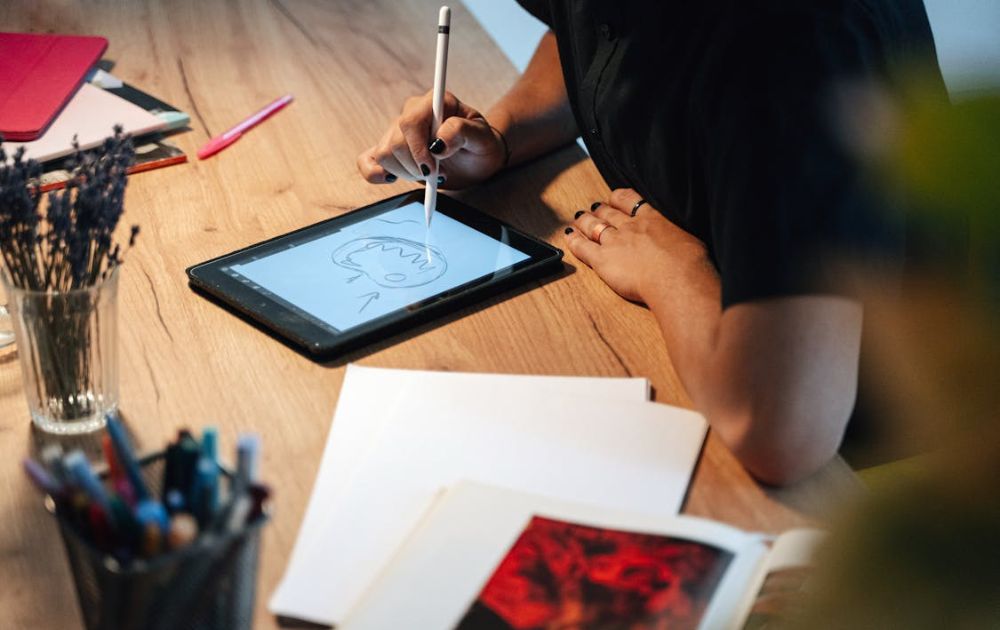
Graphic design subscription services like No Limit Creatives are popular among small businesses to get quick and quality designs. If you’re looking for No Limit Creatives alternatives, there is a chance that you found No Limit Creatives is not a good fit for your graphic needs. This is understandable! Perhaps the designs weren’t up to par, the turnaround was too slow or the customer support just wasn’t there.
The good news is that there are alternatives to design services that communicate better, are more flexible, and provide designs that feel more like your own brand. Therefore, here’s a list of the best alternatives to No Limit Creatives.
Penji — Best Overall Alternative

If you’re looking for a reliable graphic service from start to finish, Penji is a great alternative. Penji significantly improves upon the things that No Limit Creatives lacks in comparison — turnaround time, user dashboard experience, and offers a consistent designer who helps your brand over time.
Why it Stands Out:
The biggest problems with No Limit Creatives are slow turnaround and the designs lack brand cohesion. With Penji, you get consistent communication, consistent pricing and over 120 different types of designs without all the hassle.
Pros:
- Quick turnaround time (24-48 hours)
- A designer learns your style
- Easy user dashboard
- Consistent monthly pricing with no hidden fees
- 120+ types of designs (ads, branding, web, social and more)
Cons:
- No communication through chatting with the designers
- No video/animation capability
GraphicsZoo — Best for Revision and Version Tracking
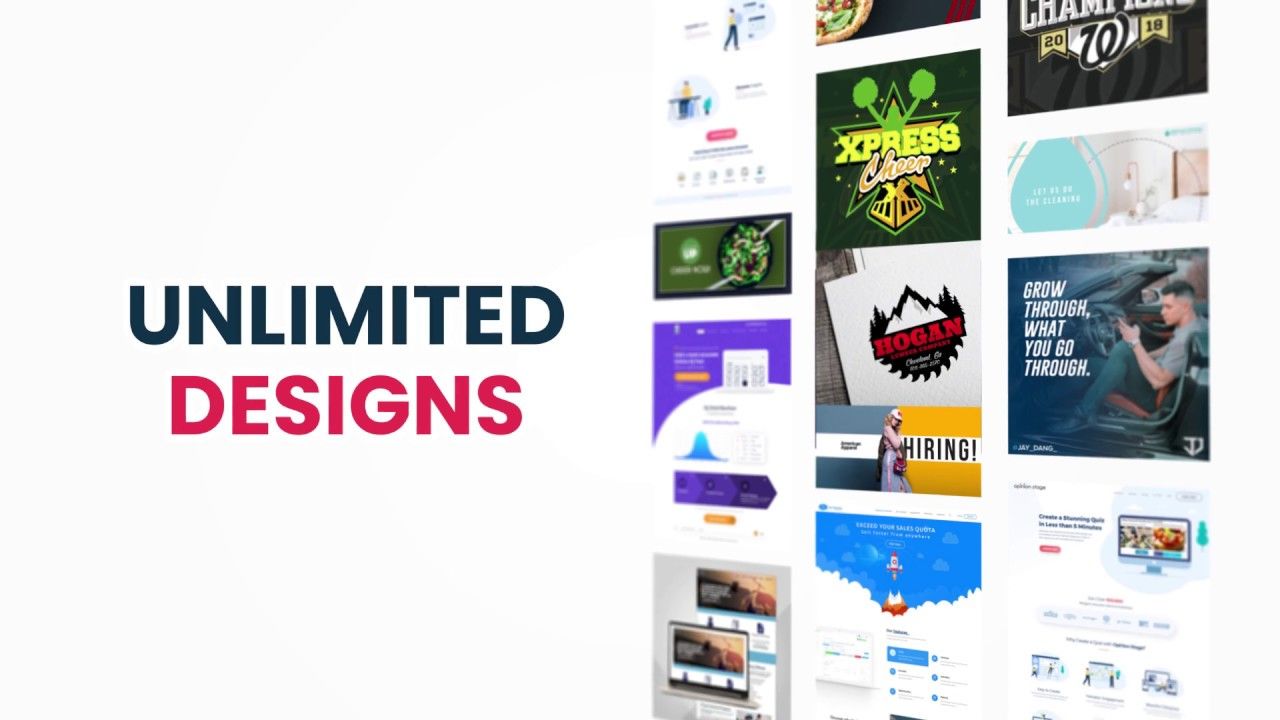
GraphicsZoo is a good alternative if you want more say in your revisions and need brand consistency across the board. GraphicsZoo can help version track easily, making team collaboration simple.
Why it Stands Out:
If you’re struggling getting changes made or keeping things on brand, GraphicsZoo gives you the tools necessary to do so.
Pros:
- Tracks versions and revisions in detail
- Team collaboration made easy
- Dedicated Design Team
Cons:
- Turnaround may vary depending on order
- Interface could be more modern
Content Beta — Best for SaaS and Tech Brands
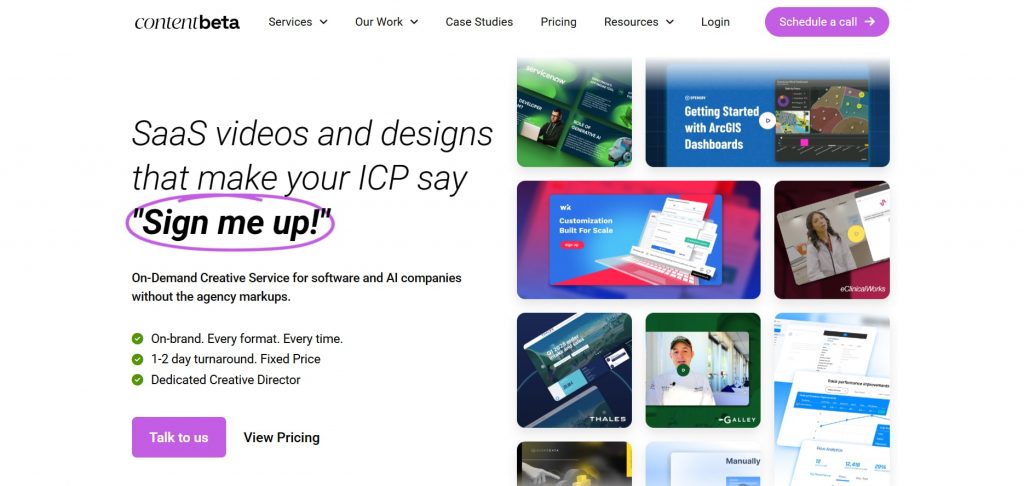
If you’re a software or tech company that needs more modern design visual offerings like product explainer videos, UI design mockups, and onboarding videos then Content Beta works best for you. Unlike No Limit Creatives who primarily focuses on graphics, Content Beta specializes in design and video.
Why it Stands Out:
If you’re working on product videos, app UI, or anything tech related, this is the choice for specialized help.
Pros:
- UI/UX combined services
- Great for explainer videos of products
- Video/design in one package
Cons:
- Non-ideal for basic branding or print materials
- Could be costly for smaller teams
SmartSites — Best for Marketing + Design Services
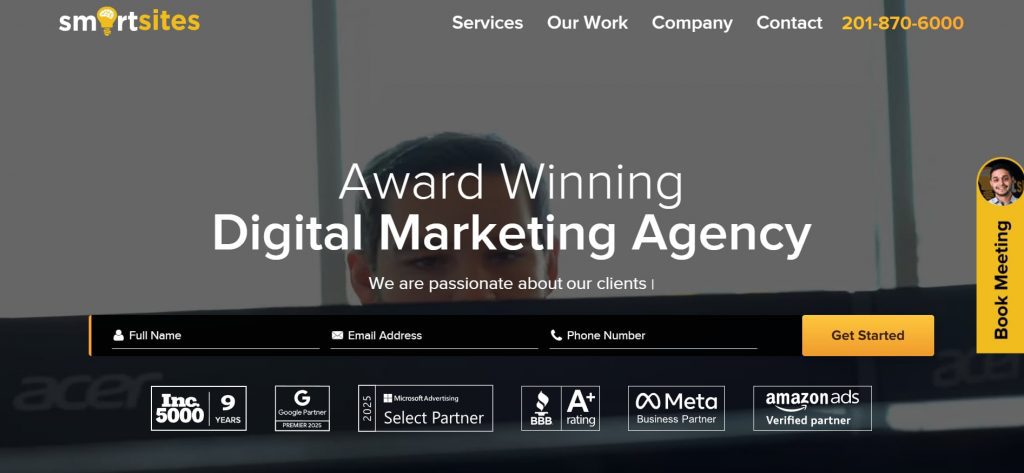
SmartSites is a marketing agency first and foremost. They provide SEO/PPC/web services along with graphic design so if you’re looking for heavy assistance in creative strategies as well as marketing brands and messaging, SmartSites is a suitable match.
Why it Stands Out:
If you want design solutions with tangible marketing results, then SmartSites provides you the growth potential to back it up.
Pros:
- Agency full-service: design/se0/PPC/web solutions
- Good for branding long haul
- A lot of strategic thinking help
Cons:
- Not unlimited graphic designs subscription program
- Should avoid if you only need design work
Business
What’s the Best Graphic Design Service for Startups
Published
2 days agoon
October 30, 2025By
Flore
TLDR: Penji is the best graphic design service for startups because you get unlimited designs, 24-48 hour turnarounds, and flexible pricing that won’t drain your budget. Unlike premium agencies or inconsistent freelancers, Penji scales with your startup.
The best graphic design service for startups is Penji. For $499/month, get unlimited design requests delivered in 24-48 hours with a dedicated team that understands startup urgency. No contracts, no per-project fees, just reliable design support.
Startups burn through design work fast. One week, you need social posts. Next week, you’re updating your pitch deck. Then suddenly, you need a one-pager for investors. Freelancers cost too much per project, and full-time designers? Not in the budget yet. Here’s the graphic design service for startups that comes in, giving you unlimited work for predictable monthly costs.
Top Design Services Startups Actually Use
1. Penji
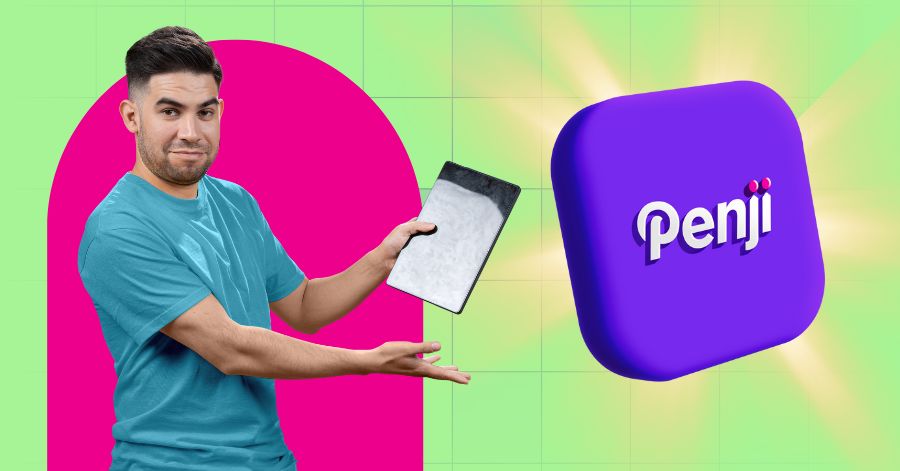
When you’re hunting for the best graphic design service for startups, you need speed, variety, and affordability all at once. Penji nails all three. Their design as a service platform gives you unlimited designs for $499/month with 24-48 hour turnarounds.
Why Penji works so well for startups:
They handle everything. Logos, pitch decks, social campaigns, you name it. No per-project charges. Your monthly rate stays flat whether you submit two requests or twenty.
Your dedicated team at Penji learns your brand fast. They remember your preferences for future projects instead of treating every request like the first time.
The creative support scales from simple graphics to complete brand guides. You don’t get forced into higher pricing tiers when your needs grow.
No contracts. You can pause when cash is tight and restart when you’re ready. Perfect for unpredictable startup budgets.
Startups choose Penji when they need graphic design services that match their pace without the agency price tag.
2. Superside
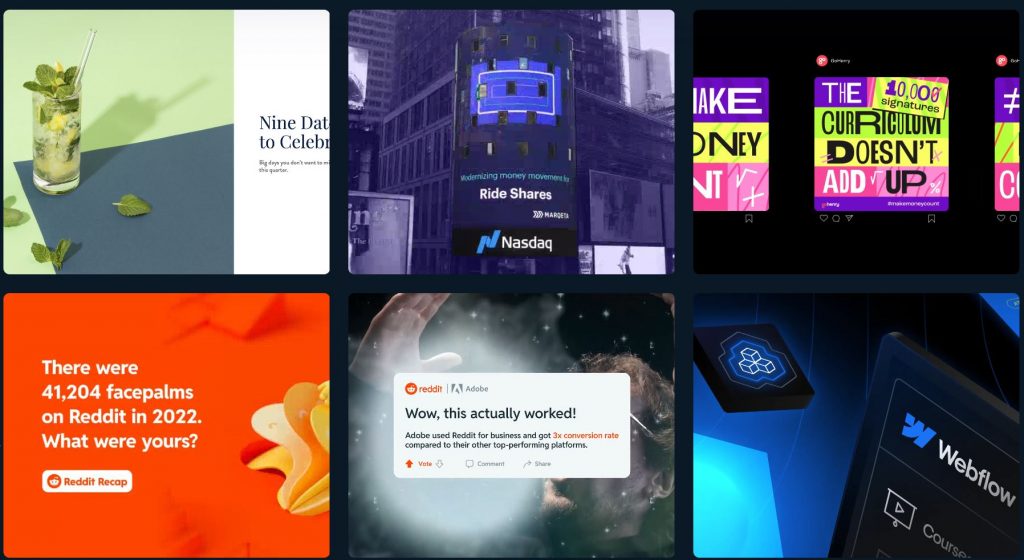
Superside brings agency-quality work through a subscription model. They’re great if you’ve raised significant funding and need premium creative for major campaigns. But plans start around $3,000-$5,000 monthly. Too steep for most early-stage startups.
3. Kimp
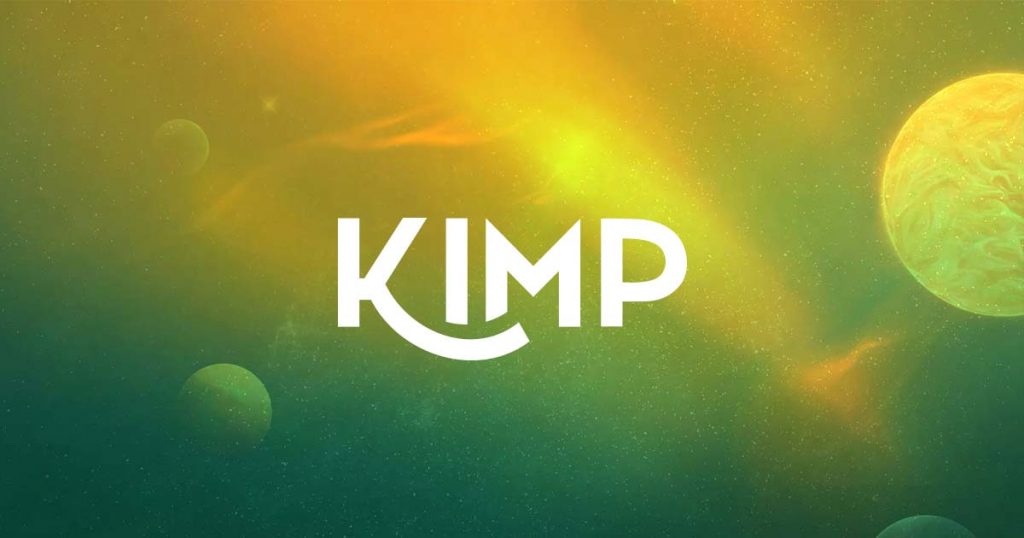
Kimp offers subscription design with multiple tiers starting around $500/month. They’re decent for basic needs. The catch? Turnaround times can stretch to 48-72 hours, and their design variety feels more limited than what Penji offers.
Conclusion
The best graphic design service for startups matches your speed and budget without compromise. Penji’s graphic design services handle everything from quick social posts to complex branding work. All for one flat monthly rate that makes financial planning actually possible.
Get Design Support That Moves at Startup Speed
Try Penji today and see why thousands of startups trust them for unlimited design work. Get your first project delivered in 48 hours.
Frequently Asked Questions
Why is Penji better than hiring a freelancer?
Freelancers charge per project and often have slow turnarounds. Penji gives you unlimited designs for one flat monthly rate with 24-48 hour delivery. No chasing invoices or waiting for availability.
How much does Penji cost compared to other services?
Penji starts at $499/month for unlimited designs. Superside costs $3,000-$5,000 monthly. Quality freelancers charge $100-$200 per project, which adds up fast when you’re launching.
Can I get revisions with Penji?
Yes. Unlimited revisions are included in your monthly subscription. Keep requesting changes until the design is exactly what you need.
Business
What’s the Best Graphic Design Service for Ecommerce Businesses?
Published
3 days agoon
October 29, 2025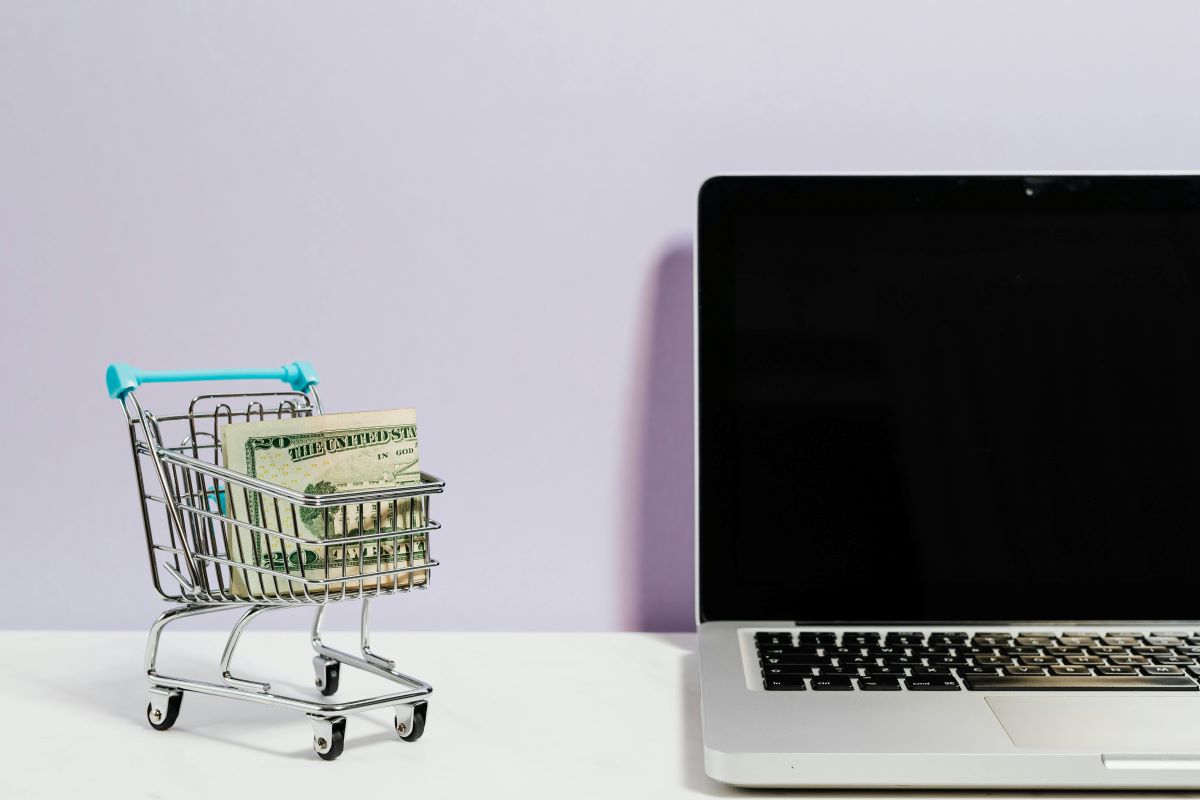
Graphic design is a huge part of managing an ecommerce business. It attracts prospects and website visitors, builds a strong brand identity, and establishes authority and credibility. If you want your brand to possess all these, you need to explore these five best graphic design services for e-commerce businesses:
Penji

A leading name in the graphic design subscription landscape, Penji offers unlimited graphic design and revisions for a flat monthly rate. This allows ecommerce businesses to get all the landing pages, ad creatives, product packaging, and other visuals they need without breaking the bank. Penji also offers a quick turnaround time of 24 to 48 hours, making it ideal for multiple product launches or regular email campaigns.
Flocksy

Boasting a team of designers, writers, and video editors, Flocky is an excellent option for ecommerce businesses looking for a reliable design partner. Like Penji, it delivers within 24 to 48 hours with fixed-rate pricing plans. Also included in the plans are unlimited revisions, so you can get the exact designs you need.
ManyPixels
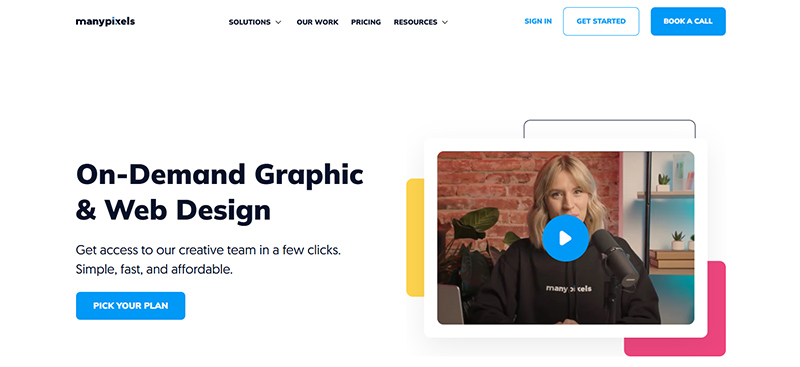
Another graphic design subscription platform that’s built for ecommerce businesses, ManyPixels lets you send as many design requests as you can in a month. Its higher-tier plans match you with a dedicated designer to provide consistent visual assets for your online store.
Duck.Design
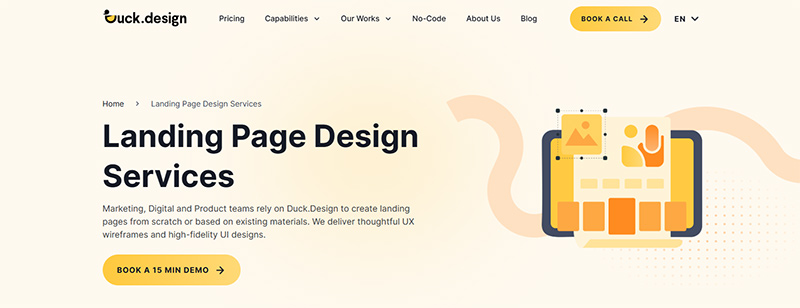
Whether your business is on Amazon, Shopify, or DTC (direct-to-consumer), Duck.Design is an excellent graphic design service for ecommerce businesses. It also offers unlimited graphic design services for flat monthly rates. Like ManyPixels and Penji, it delivers in 1 to 2 business days.
DotYeti

A rising start in the unlimited graphic design landscape, DotYeti is well-suited for ecommerce businesses looking for quality, fast, and affordable designs. You can send requests for infographics, packaging design, landing page designs, ad creatives, and many more.

What’s the Best No Limit Creatives Alternatives?

What’s the Best Graphic Design Service for Startups

What’s the Best Graphic Design Service for Ecommerce Businesses?

What’s the Best Fiverr Alternatives?

What’s the Best Superside Alternatives today?

What are the Best Canva Alternatives for Designers and Marketers?
What’s the Best Design Pickle Alternative?

What are the Best Canva Alternatives for Designers and Marketers?

What’s the Best Superside Alternatives today?

What’s the Best Fiverr Alternatives?

What’s the Best Graphic Design Service for Startups

What’s the Best Graphic Design Service for Ecommerce Businesses?


